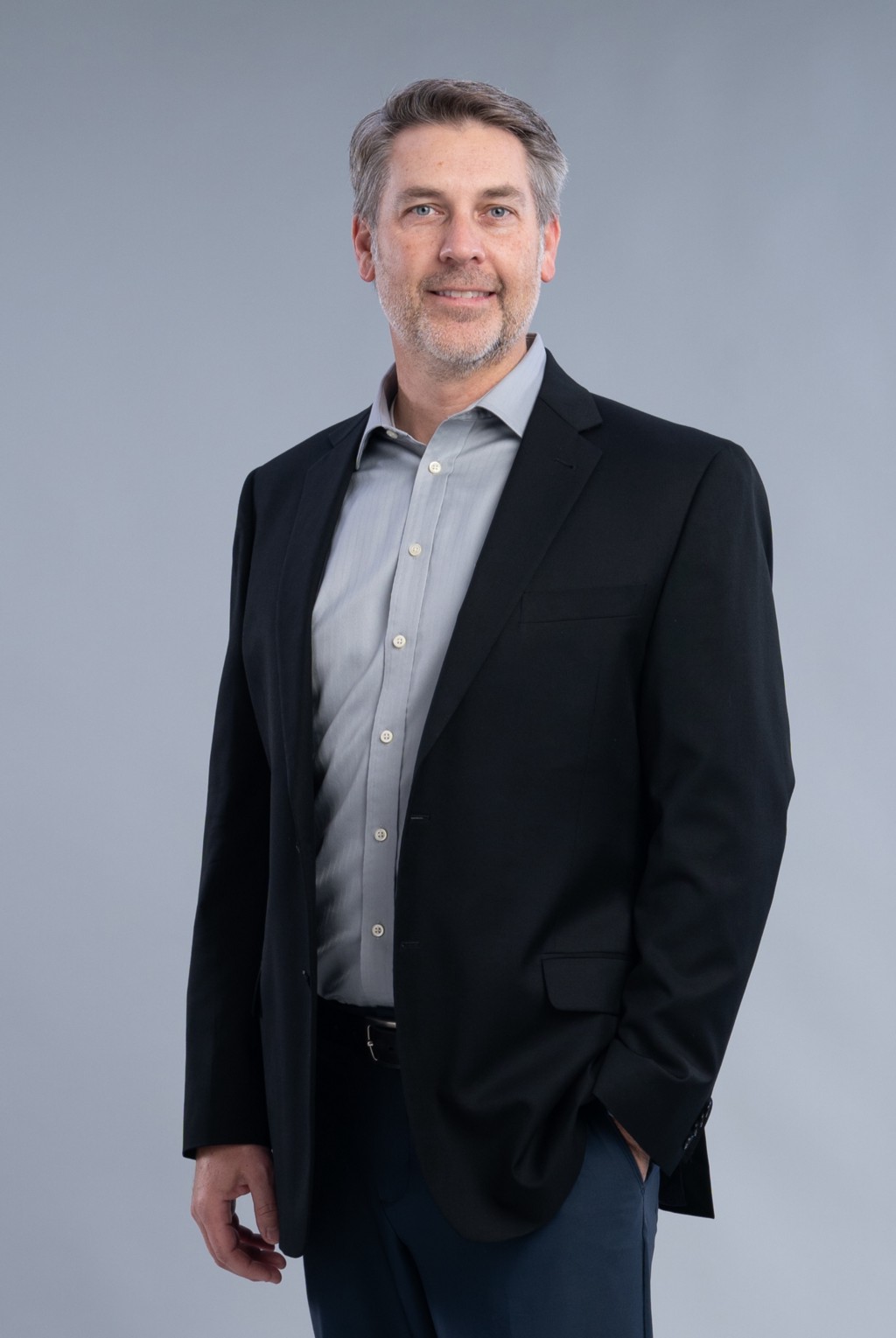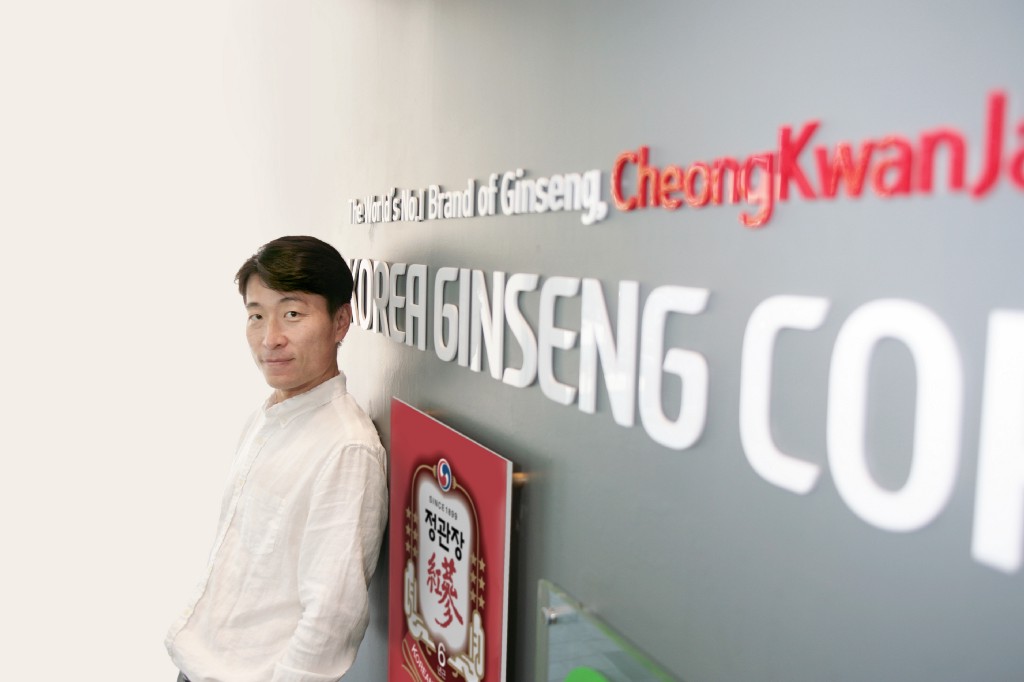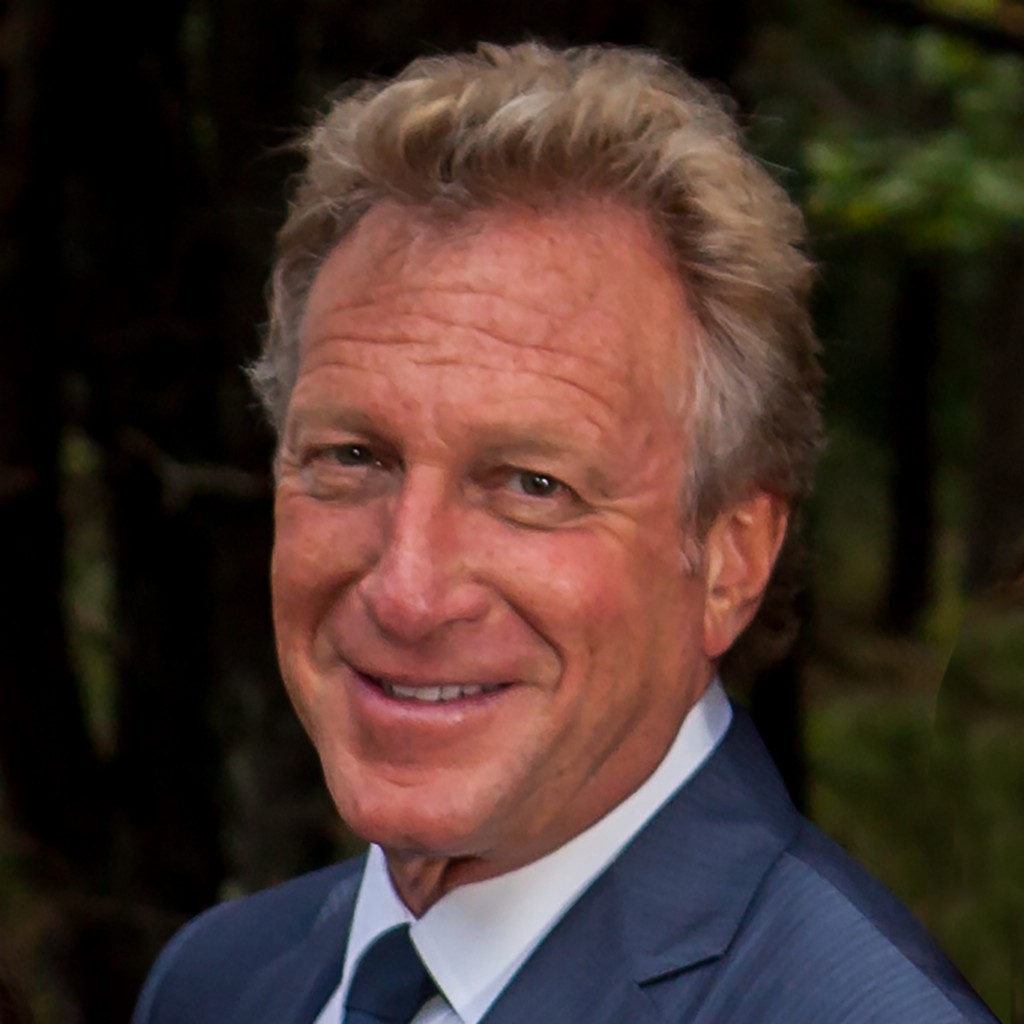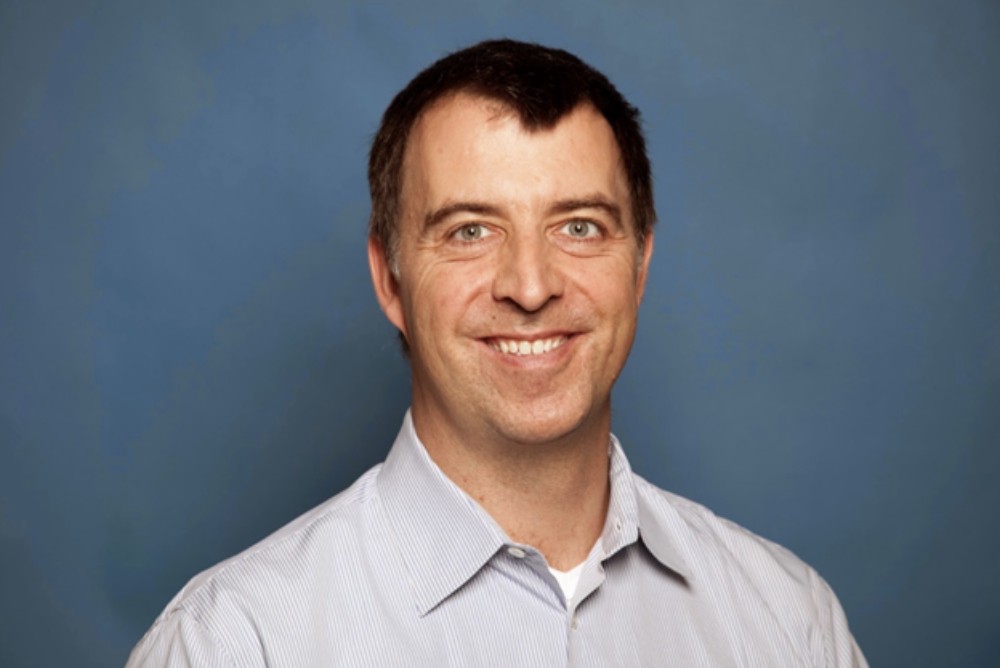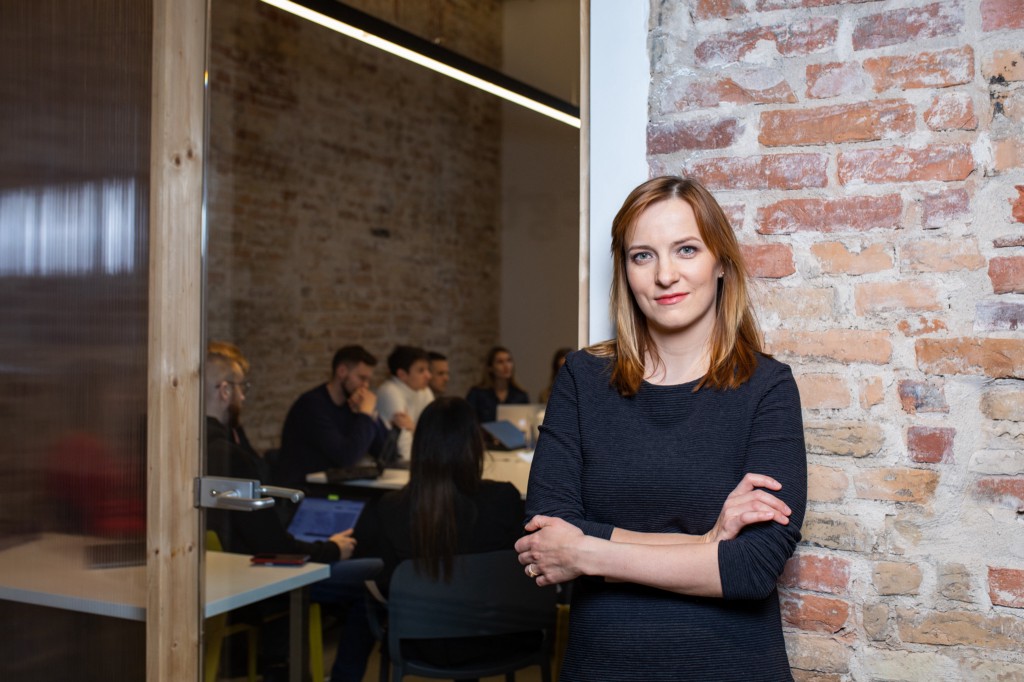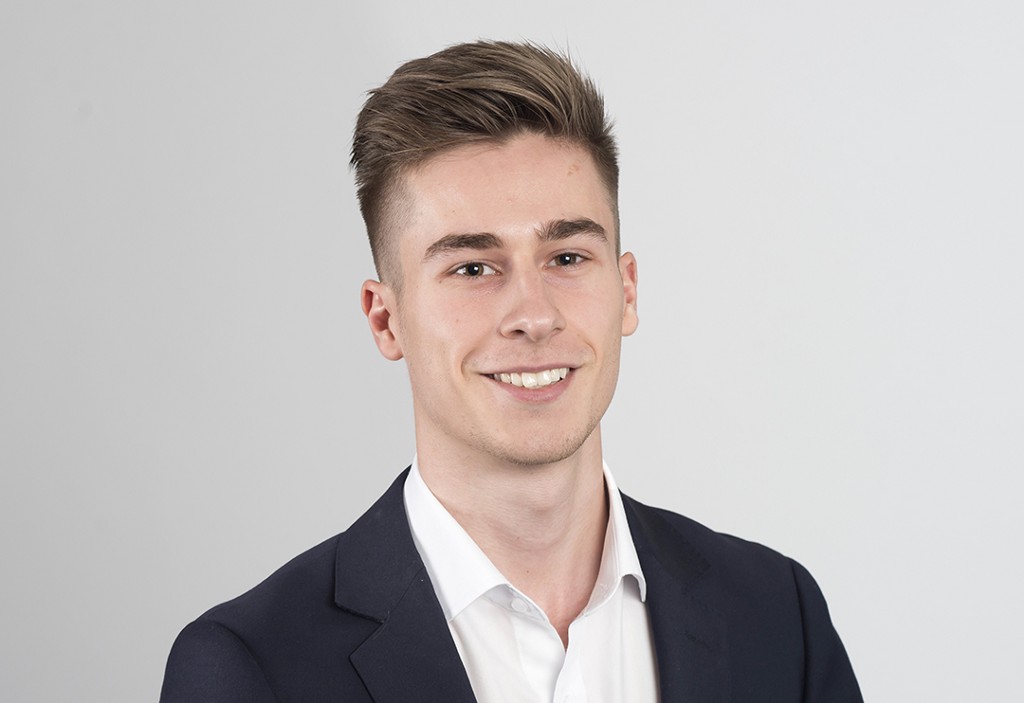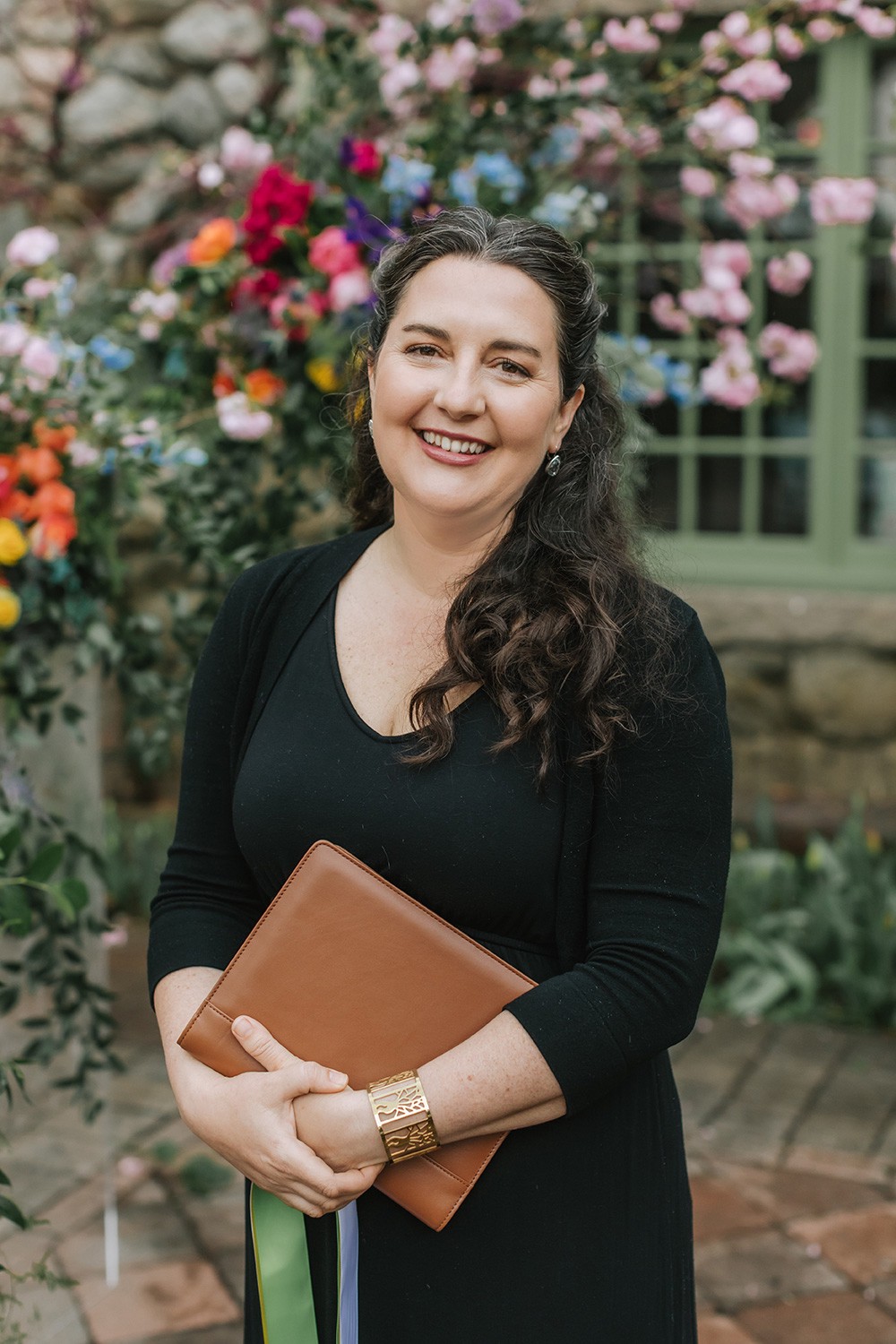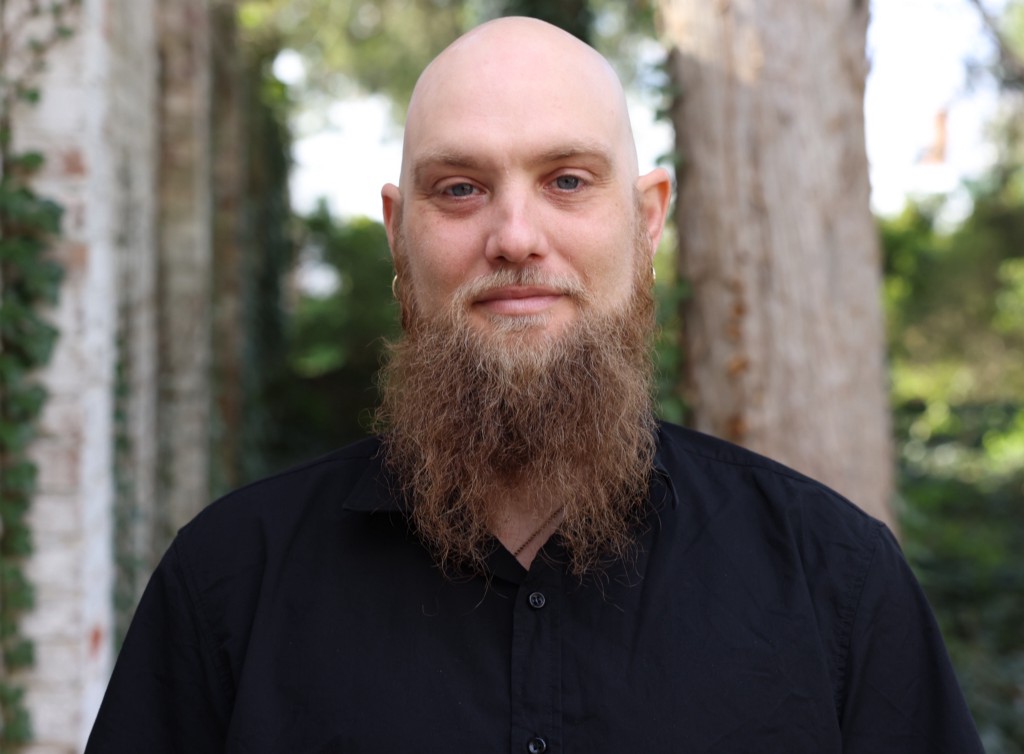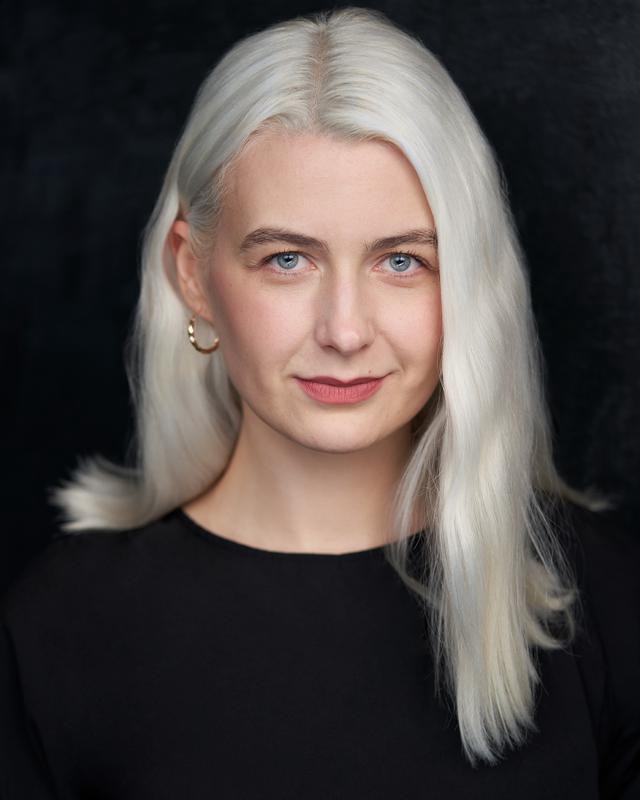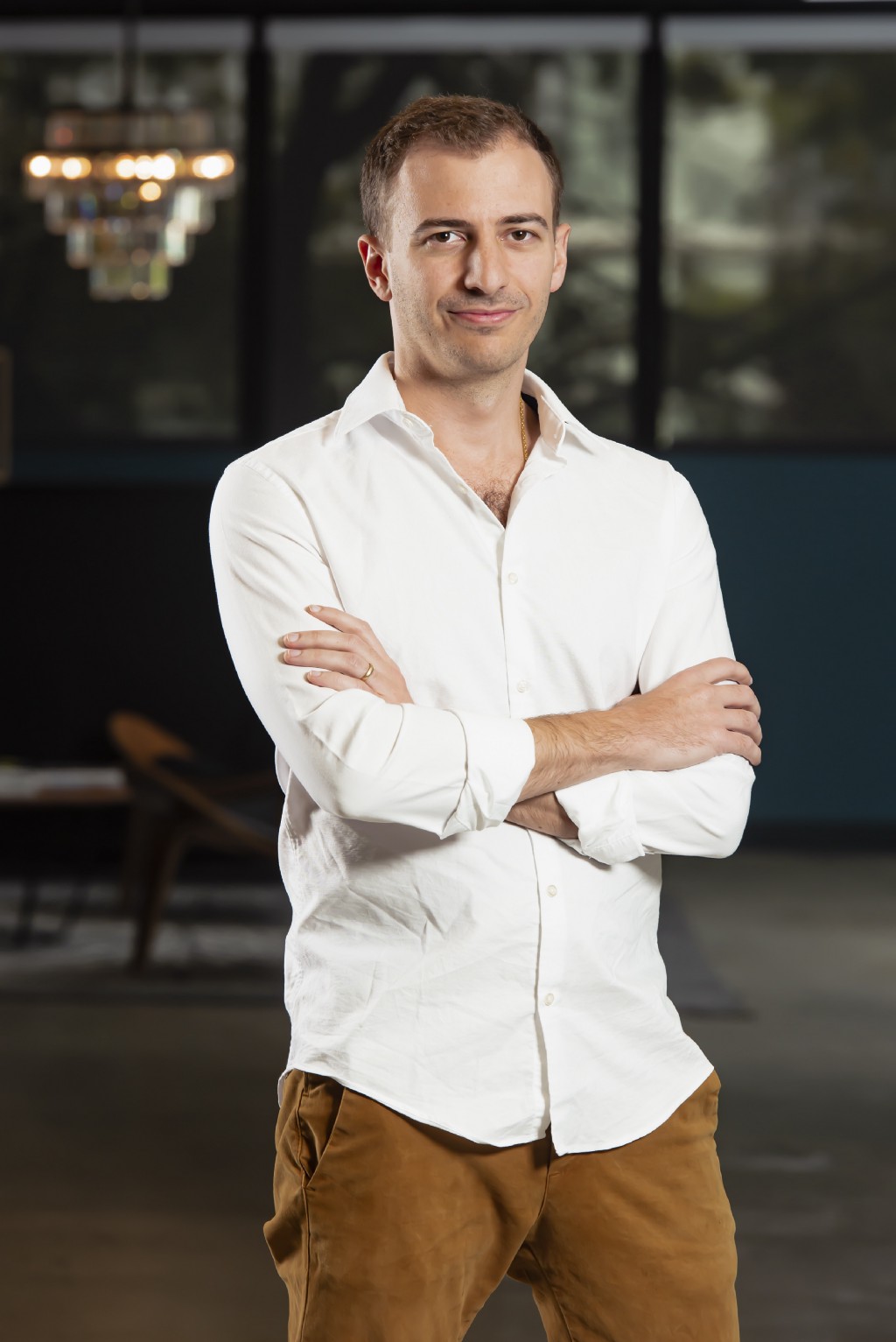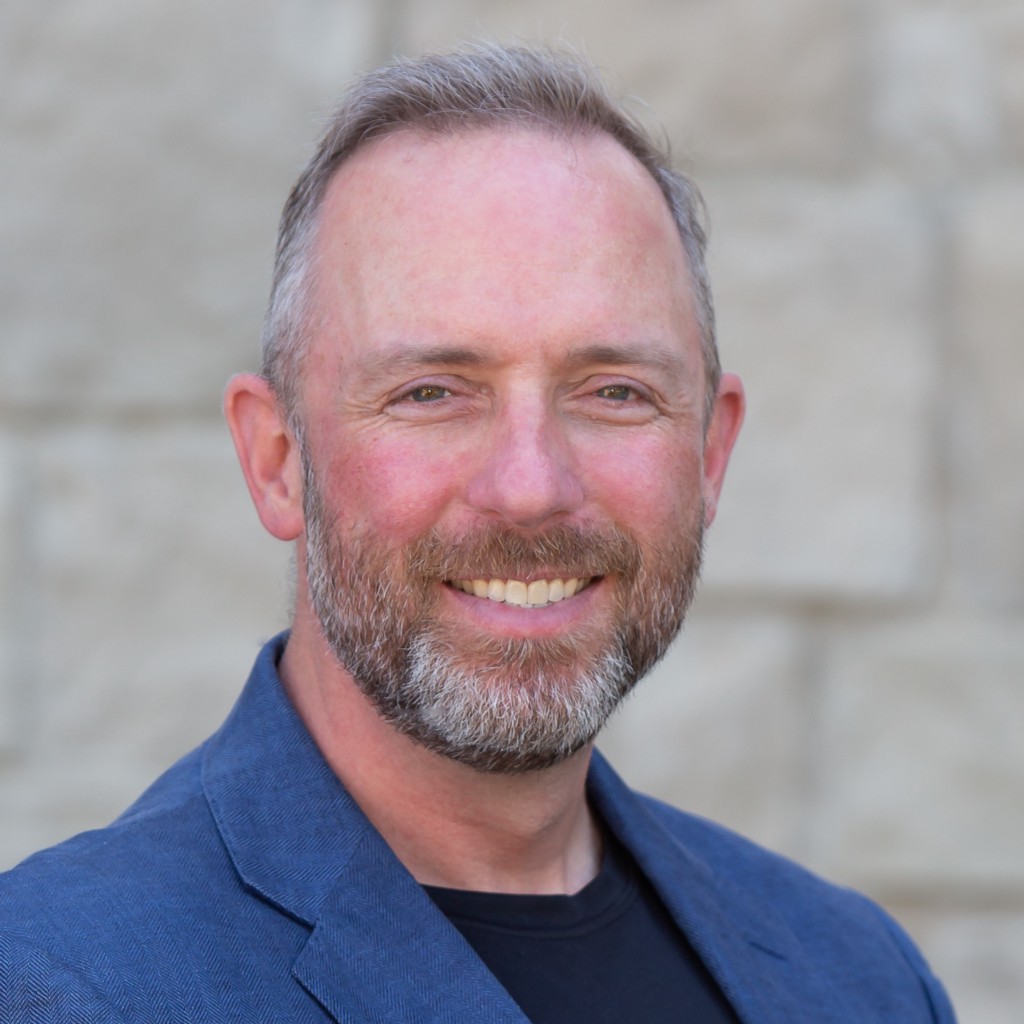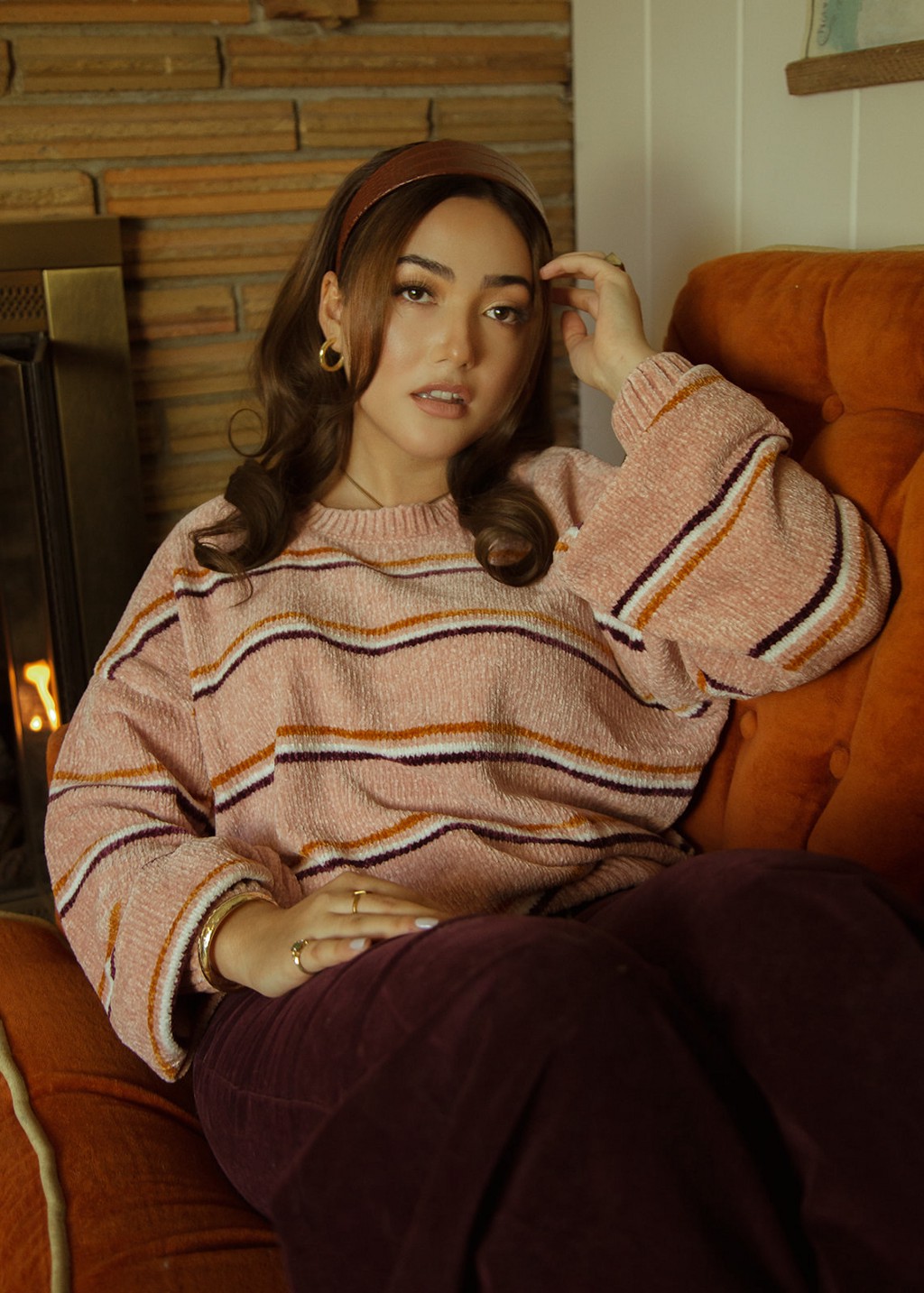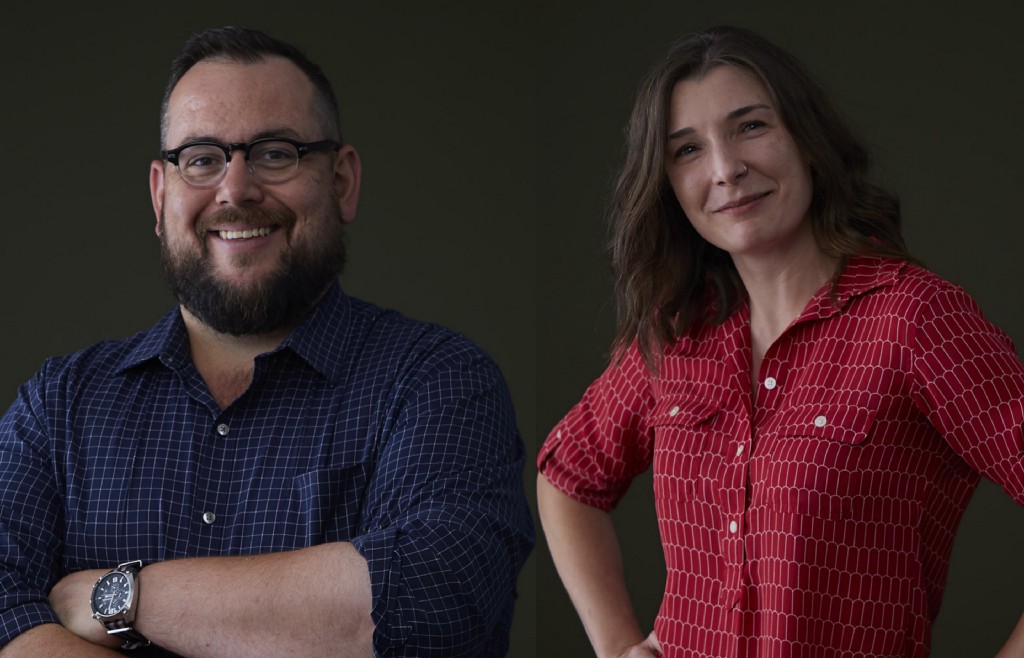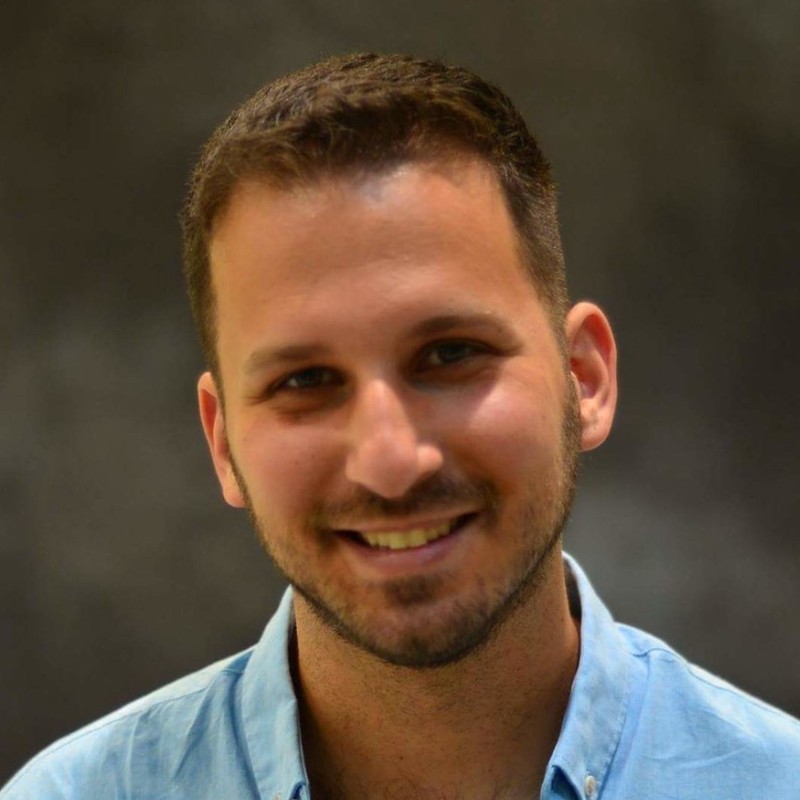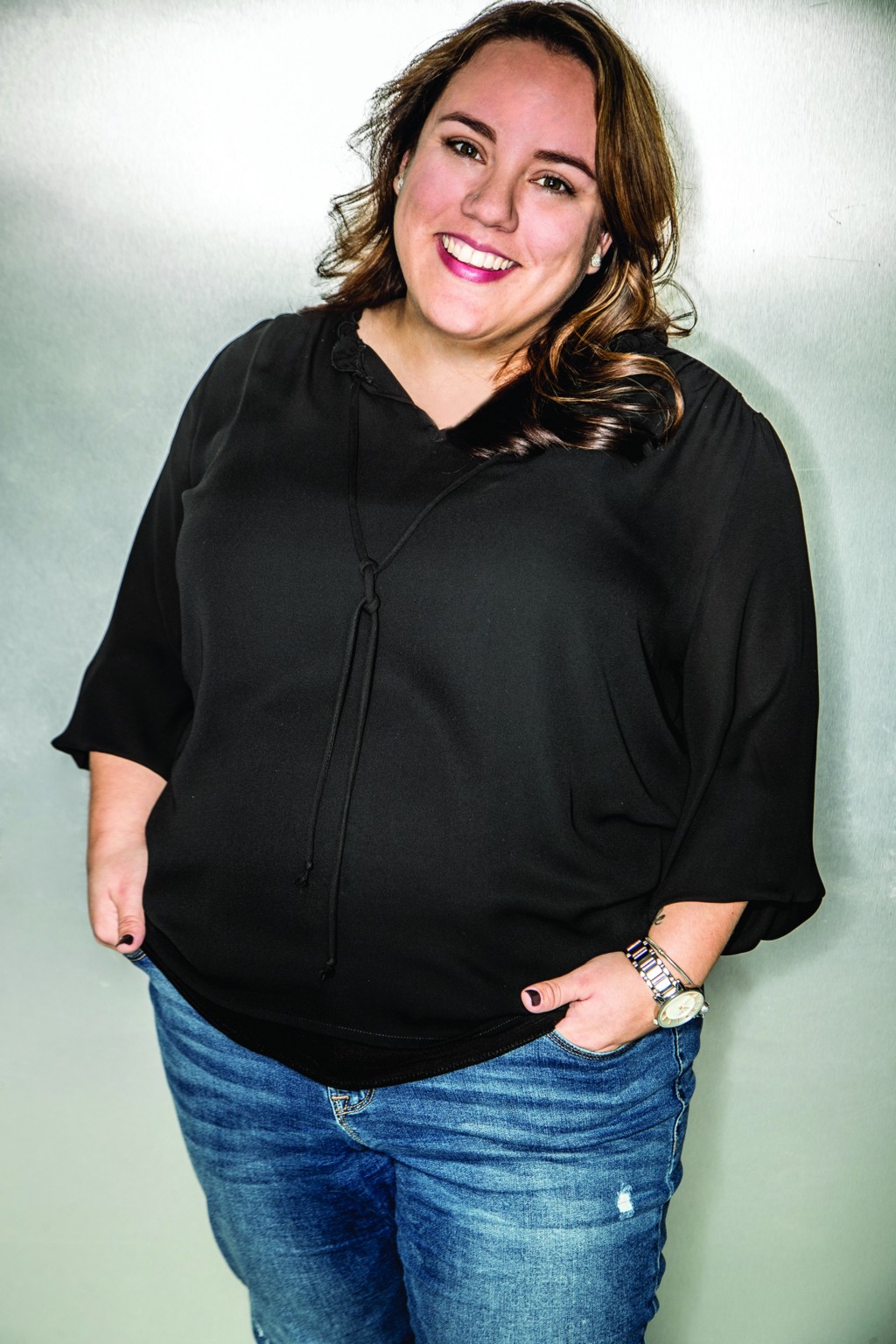The Future Is Now: Shon Anderson On How B9Creations’s Technological Innovation Will Shake Up The Tech Scene
An Interview With Fotis Georgiadis
Your path to success is a combination of understanding your God-given gifts and talents, as well as an understanding that your gifts and talents take time and usually require help from others who know you well and see you in action in context.
As a part of our series about cutting edge technological breakthroughs, I had the pleasure of interviewing Shon Anderson, B9Creations, LLC.
Prior to joining the B9Creations team in October 2014, Shon Anderson spent nearly 20 years growing, developing, and leading businesses in the cleantech industry. He worked for small regional firms and fortune 500 companies, aligning and growing businesses around new market opportunities.
With a track record of growing businesses from $5M to $250M+, Shon brings a knowledge of sales, marketing, and customer focus that fits perfectly with B9Creations’ vision for growth and expansion. Shon is actively engaged in our community, serving on boards of multiple companies and charitable organizations.
Thank you so much for doing this with us! Can you tell us a story about what brought you to this specific career path?
When I was in college, I was fortunate enough to work as an intern in the Quality Engineering Department of a technology manufacturing company. Here, I was introduced to a high-quality leader — one that took the time to help me understand my God-given talents. This leader invoked my revelation that the drive I have for understanding market opportunities and customer perspectives around technical solutions is a gift.
This leader not only influenced the career path I decided to take but helped mold my leadership style, as well.
Many leaders believe employees connect directly with a company and spend immense resources molding their employee into the best marketer, accountant, or technician they can be.
I take an entirely different approach of gifts-based leadership — which first, starts with people.
I believe it’s critical to work alongside employees to uncover their “superpowers,” and to unearth the unique gifts they possess. Then, I try to help them connect those gifts to drive the type of work they do to create a fulfilling career.
My hope is to facilitate an environment where employees feel supported and empowered — with the end goal of becoming the best “them” they can be.
Can you share the most interesting story that happened to you since you began your career?
During that same internship, I found myself in a room full of design and manufacturing engineers meeting to discuss a new product the design engineers wanted to develop. The conversation evolved to how difficult it would be to manufacture, and how doing so would cost a fortune — and eventually, progressed to whether the product could be manufactured at all.
After listening to this back-and-forth for about 10 minutes, I raised my hand — awkwardly, but, given the intensity of the discussion, it seemed appropriate. I asked who was asking for these products that are so complex, that we’re questioning the possibility of manufacturing them.
No one responded to my question.
After what was probably only a couple of seconds, but felt like an eternity, conversation resumed.
After the meeting ended, my boss, the Director of Quality Engineering, asked me to go to lunch — and I, of course, assumed I was being fired.
Driving to lunch, she asked me how I thought the meeting went. Discouraged, I explained that clearly, there was something that I just wasn’t grasping that would lead our company to take on a project that some of the best manufacturing engineers in the world thought was borderline, not feasible.
When I explained that I was questioning whether engineering was my calling, she interjected and let me know that I wasn’t asking the right question. And that instead, I should have been questioning why I, the intern, seemingly on the bottom of the knowledge totem pole, was the only person in the room raising that question.
And then it hit me.
Asking “why?” was not a weakness nor a flaw — but a gift.
She helped me realize that I had the gift of curiosity — a drive for understanding market opportunities and customer perspectives around a technical solution.
This gift, in combination with others, has been one of the primary drivers of my success throughout my career.
This story illustrates why I’m such a passionate believer that, to be in a position of leadership, you must be committed to becoming great at helping people identify their gifts and talents and applying those to the objectives of the organization, as well as their life goals.
Can you tell us about the cutting-edge technological breakthroughs that you are working on? How do you think that will help people?
As an innovation engine at the forefront of additive manufacturing, with a vision of making powerful technology accessible and delivered with exceptional customer experience, B9Creations is passionate about improving customers’ lives with technology.
With game-changing, patented technology, B9Creations is changing the performance standard in additive manufacturing — with 3D printers that deliver dimensional variation between the digital CAD file and 3D printed part equivalent to the size of a single human cell. At these tolerance levels, our 3D printers exceed the tolerances of traditional and precision manufacturing equipment, opening the door to full-scale production in the additive manufacturing space, an industry promise that until now, has remained unfulfilled.
And B9Creations’ B9[X] division provides custom additive manufacturing solutions, enabling customers to take an application-smart approach with workflows customized by industry, workforce expertise built into software, and even hardware and materials designed around specific parts, production, and regulatory compliance. Customers can future-proof their additive manufacturing strategy, de-risk their investments, improve efficiencies, fail fast in development, increase supply chain resiliency, and build better products faster — with a tailored team that brings expertise in pairing a customer’s application with B9Creations’ technology, regulatory needs, engineering services, lean manufacturing, design for additive, global support, and more.
The cutting-edge technology we provide helps our customers better serve theirs, creating opportunities for growth around the world. From giving companies a competitive edge in a global market to preserving jobs by keeping production local, our team strives to make a difference every day.
This people-centered approach to business spans beyond our employees and extends to external customers — enabling a competitive advantage of out-listening. Taking customer feedback and transforming it into technology that acts as an engine of growth in their businesses, B9Creations is always listening to and leveraging customer feedback to drive technology developments.
Our goal is to provide additive manufacturing solutions that scale as they do and find innovative ways to deploy new technology to existing platforms, ensuring no customer of ours is left behind.
How do you think this might change the world?
At B9Creations, we don’t just strive to be the best at what’s possible, we race to be the first to conquer the impossible, empowering trailblazers everywhere to break free from the constraints of traditional manufacturing technologies and deliver the products the world needs today — all while delivering better products and business results, even when faced with an uncertain future, fluctuating demand, fragile supply chain, or fierce competition.
With 31+ million parts 3D printed and counting, B9Creations is expanding the bounds of what’s possible and enabling creators to fast-track their ideas into production, facilitating a global ecosystem that’s broadening the possibilities of how things are made and pioneering a smart, sustainable world of manufacturing.
Top global medical companies leverage our ultra-precision 3D printers to develop complex pediatric medical devices to save newborns’ lives
Special forces teams forge new frontiers in national defense
Research centers 3D print structures capable of containing a single cell that may hold the cure for osteoarthritis
Engineers develop mission-critical solutions to power the future of space exploration
National jewelry chains bring custom designs to life with the push of a button.
Dentists transform patient care and make healthcare more accessible than ever before
Keeping “Black Mirror” in mind, can you see any potential drawbacks about this technology that people should think more deeply about?
The drawbacks of this, and frankly any, technology exists when the value is viewed solely in the technology itself — disregarding the human behind it. The correlation between technology and the elimination of jobs is dangerous and a step backward for society as a whole. We must understand what these resources can do for people — not what they can do to replace people.
Early on, it must be a strategic focus for companies to combine the human element with technological advancement.
Technology is a resource that shouldn’t be adopted with the intention of replacing jobs, but instead, with the intention of finding new ways our people are adding value because of this technology.
Rather than eliminate jobs, technology should be changing them. And we, as leaders, should be seeking an understanding of how these new jobs will be of higher value to them on an individual level, and to our team as a whole.
And this people-focused approach to business is exactly why we’re focused on building out the services element of our business to improve accessibility and offer expert guidance at every step of the additive manufacturing adoption journey, from concept to product development to production.
Technology itself is not inherently bad — it is what people do with technology that determines its value. Simply throwing technology at a problem will likely not solve it, and ultimately, create a mistrust of the technology — proving that technology and the human element are inseparable.
Was there a “tipping point” that led you to this breakthrough? Can you tell us that story?
There was not a singular “tipping point” that led to this breakthrough — but rather, a combination of things:
Speaking with multiple Fortune 500 companies that have spent seven figures on additive manufacturing solutions and still had not gotten the results they were looking for allowed us to see the gap that exists within this industry and how customization can bridge it. This led to an awareness of the rising demand for customization in this industry.
We’ve learned that the competitive space surrounding B9Creations is not other additive manufacturing companies but rather, traditional manufacturing technologies. Our mission is to prove that digital manufacturing is not just a cutting-edge production method or a flashy tool for your office — but a manufacturing resource.
To gauge the impact of COVID-19 on the manufacturing industry, SME Media surveyed more than 700 manufacturing professionals to understand how their companies would recover post-pandemic, and additive manufacturing was proven to be a top investment.
An Ernst & Young global 3D printing survey of 900 companies proved that 50% of the barriers to entry when it comes to implementing additive manufacturing aren’t technology-related, but knowledge-related — a hurdle we were confident in helping adopters overcome.
What do you need to lead this technology to widespread adoption?
This customized technology is already on track for widespread adoption — and what I mean by that is that what the market is missing is clear, and how we can meet that need is clear.
B9Creations’ focus on the continued delivery of results, expert guidance at every step of the additive manufacturing adoption journey, and education to meet knowledge gaps in implementing additive manufacturing across the value stream is key. This is especially true with small-to-midsize manufacturers who make up a significant portion of the overall manufacturing ecosystem, but don’t have the same resources as enterprise-scale manufacturers, meaning the technology solutions they adopt have to be accessible — easy-to-use, low maintenance, quick return-on-investment — deliver repeatable results, and come with providers that can partner with them on implementation, from technology adoption to full production to continuous growth.
What have you been doing to publicize this idea? Have you been using any innovative marketing strategies?
Everything we do, we do with our customers at the center.
In a technology company, it’s easy to focus on the solution and product. We want to obsess over the problem and make the customer the hero.
At B9Creations, the customer is integral to marketing any new products, and they are incorporated into every stage of the product development process — from the first stage of product development, validation, and pre-launch beta testing all the way through post-launch webinars offering application and industry expertise. By using the market as our lab, we’re able to launch an offer to select customers before it’s bulletproofed and then tailor our iterations, positioning, value proposition, and marketing plan to their needs. This way, we can share a portfolio of innovations, while letting the customer drive not only the solutions but the go-to-market strategy.
So, in essence, our customers are our marketing team, even so far as we formalize them as brand ambassadors, where they share their unique problems, solutions, and results first-hand and become part of the expert guidance and services we provide at each step of the additive manufacturing journey to help close the knowledge gap.
None of us are able to achieve success without some help along the way. Is there a particular person who you are grateful towards who helped get you to where you are? Can you share a story about that?
The same leader I mentioned earlier, who helped me realize my gift of connecting the human element surrounding technical solutions, is someone I will always be grateful for. This realization early on in my career might have saved me from years in an unsatisfying job that ultimately, I wouldn’t excel in. I think it’s near impossible to create a fulfilling career from something you’re not good at.
Without her guidance and coaching, I would not be in the position I’m in today. She helped me understand my passion for helping people who look to me as a leader identify their gifts and talents, and then apply those to their career and life goals.
Recognizing the different gifts of the founding team of myself, as CEO, our COO Scott, and our CTO Mike actually led to a better understanding of the values of B9Creations, which are a win/win business mindset, no customer left behind, and the enemy of “it can’t be done.” I often bring the first value to life, our COO the second with his mantra of, “find a way to say yes,” and our CTO embodies the third with his technological innovation. We strive every day to help our team identify their gifts and not only apply them to their careers but also reflect them in the culture at B9Creations.
How have you used your success to bring goodness to the world?
For over six decades, Black Hills Works has provided homes, employment, recreation, and social outlets for adults with disabilities. Now, B9Creations is partnering with the organization’s Assistive Technology team to deliver individualized solutions with industry-leading technology to meet the diverse needs of those they support. B9Creations has donated the tools and expertise required to develop customized, 3D printed assistive devices for the over 600 people supported through Black Hills Works, designed to give individuals with disabilities greater independence. B9Creations is now partnering with the organization’s Assistive Technology team to deliver individualized solutions with industry-leading technology to meet the diverse needs of those they support — from 3D printing devices to facilitate the handling of eating utensils to grips for wheelchairs, waterproof call lights, tools used in the workplace and more.
B9Creations has hosted thousands of K-12 and area technical college and university students via on-site and school events, tours, and work shadowing, sponsored key organizations and events, and developed a robust talent pipeline spanning all functional areas. Nearly 25% of our current B9Creations team started as interns with many having risen through the organization to hold key positions today.
Economic Impact to the Black Hills Region and South Dakota: In 2021, B9C’s payroll in the Black Hills region was $3m+, with additional, non-payroll expenditures with local businesses totaling nearly $600k. Total non-payroll expenditures in South Dakota were $1m+. With an average salary well above Rapid City’s average and a commitment to sourcing goods and services locally, B9C makes a significant impact on the local economy.
What are your “5 Things I Wish Someone Told Me Before I Started” and why. (Please share a story or example for each.)
Your path to success is a combination of understanding your God-given gifts and talents, as well as an understanding that your gifts and talents take time and usually require help from others who know you well and see you in action in context.
The biggest single revelation related to my gifts and talents came from a leader I was blessed to work for as an intern in college. I was an intern in the quality engineering department of a large technology manufacturing company. What it felt like is that the quality engineering department mainly existed to referee between the design engineering and manufacturing engineering departments.
One day, I was in a large meeting of design and manufacturing engineers discussing a new product the design engineers wanted to develop. My boss, the Director of Quality Engineering was there as well. There was a lot of back and forth over the design, the difficulty to manufacture it, how it would cost a fortune in capital expense and per unit to manufacture, and eventually, whether it could be manufactured at all. Now, these manufacturing engineers were leaders in their field, responsible for the production of many successful, cutting-edge products used around the world. The design engineering team was world-class as well, each of the team leads possessed a wall of plaques representing awarded patents in the field.
After listening to this for about 10 minutes, I couldn’t take it anymore. So, I raised my hand. It was a bit awkward but, given the intensity of the discussion, it seemed appropriate. One of the senior engineers turned to me and said, “yes, Shon?”
I eased into the conversation by complimenting both the design and manufacturing teams, stating that I knew they were both top-notch and then asking, “who is asking for these products that are so complex we can’t manufacture them?”
No one responded to my question. I felt like they all looked at me like that was the dumbest thing they’d ever heard.
I immediately felt like an idiot and wished I could evaporate from the room. After what was probably only a couple of seconds, but felt like an eternity, conversation resumed.
The rest of the meeting was a blur and couldn’t end quickly enough for me. Shortly after it ended, my boss called me and asked me to go to lunch, and I assumed I was being fired. To me, it was pretty clear that I wasn’t going to make it as an engineer. They must all understand something that I didn’t.
In my junior year of pursuing my mechanical engineering degree, I was struggling to maintain passion for my coursework, and, following this meeting, I was pretty sure engineering wasn’t my future.
As we drove to lunch, she asked me how I thought that meeting went. I told her I was frustrated because clearly there was something that I just wasn’t grasping that would lead our company to take on a project that some of the best manufacturing engineers in the world thought was borderline, not feasible.
She chuckled and said, “Shon, the question you should be asking yourself is, “why was the intern the only person in the room raising that question?”
She helped me to see that, rather than some weakness or flaw, I had a gift for asking the “why” questions and trying to understand the market opportunities and customer perspectives around a technical solution. That gift, in combination with others, has been one of the primary drivers of my success throughout my entire career.
Without some wisdom and coaching from a good leader and developer of people, who knows how long it might’ve taken me to figure that out and how many years of frustration I might’ve spent in an unsatisfying job that I ultimately would never be very good at.
This story is why I am such a passionate believer that, to be in a position of leadership, you must be committed to becoming great at helping people identify their gifts and talents and applying those to the objectives of the organization and their life goals.
Knowledge of how to build constructive relationships with others.
Self-awareness + awareness of others + adaptation of self to collaborate well = constructive relationship. This is true for all the relationships in our life — at work, at home, etc. We must invest the time and energy to first know ourselves and then truly know the wiring, tendencies, and preferences of the people we are in relationships with and then be willing to modify our own behavior to suit the needs of others to optimize those relationships. There is any number of tools and assessments we can use to help us in this area. The key is making this a priority.
The more intentional you are, the happier you’ll be with who and where you are.
Take the time to understand who you are today, think about who you want to be in the future (values, lifestyle, impact on the world around you, etc.), and make decisions with your time, talents, and treasure that align with who you want to become.
This is an area of life I think we spend far too little time on, especially with our young people. Thinking about the way that you are wired and the way that you want your life to turn out with regard not only to common topics like income, but topics such as the amount of free time you want to have, the amount of risk you can tolerate, and amount of growth potential you want to have personally and professionally should shape what career path we choose, the spouse we choose, and many other aspects of how we spend our time and energy. Few of us bother to think about these things in depth until perhaps we realize we’re not happy with where we’ve ended up.
Taking the time to think intentionally about this on a regular basis and then ensuring that our actions and efforts and expenditures line up with that vision will help us be happier with the end result.
Think about your purpose in terms beyond your career.
It is so easy to put the majority of our focus on the career aspect of our life. Many of us don’t stop to think about our purpose beyond work until a couple of decades have passed by. This also relates to the topic of intentionality. Every one of us was put on this planet on purpose and for a purpose. The adventure of life is about figuring out what that is, the gifts and talents we’ve been given to bring it to life, and then living it out to the fullest.
Keep your focus on helping the next generation.
When each of our lives is done, the only thing that will live on is the impact that we made on other people. Our best opportunity to leave the world a better place than we found it is to pass along some of the knowledge we’ve gained to people following behind us and help them use their time, talents, and treasure more effectively for good than we did. I think most of us figure this out at some point, but we should start focusing on this much earlier than I did. You don’t need to be 30 or 40 to offer relevant wisdom and encouragement to someone who is 15 or 18 or 25.
You are a person of great influence. If you could inspire a movement that would bring the most amount of good to the most amount of people, what would that be? You never know what your idea can trigger. 🙂
I believe that to be in a position of leadership, you must be committed to becoming great at helping people identify their gifts and talents and applying those to the objectives of the organization and their life goals.
As a leader, my purpose is to help people discover their God-given talents and equip them with a plan to put those to use, to inspire everyone who looks to me as a leader to have that lightbulb moment that enables them to forge a career that helps them achieve their full potential. And in turn, be inspired to go do that same thing for others.
Can you please give us your favorite “Life Lesson Quote”? Can you share how that was relevant to you in your life?
My favorite “life lesson quote” is Theodore Roosevelt’s “The Man in the Arena.”
“It is not the critic who counts; not the man who points out how the strong man stumbles, or where the doer of deeds could have done them better. The credit belongs to the man who is actually in the arena, whose face is marred by dust and sweat and blood; who strives valiantly; who errs, who comes short again and again, because there is no effort without error and shortcoming; but who does actually strive to do the deeds; who knows great enthusiasms, the great devotions; who spends himself in a worthy cause; who at the best knows in the end the triumph of high achievement, and who at the worst, if he fails, at least fails while daring greatly, so that his place shall never be with those cold and timid souls who neither know victory nor defeat. Not sitting on the sidelines and watching, but instead being willing to be the man in the arena.”
This quote resonates with me because, throughout my career, I’ve come to understand that the true objective is not the outcome, but rather lies in how you handle the struggle — finding empowerment in taking risks, even if those risks result in failure.
As an engineering student who attended South Dakota School of Mines & Technology, I left the state for a career opportunity and spent the next 20 years trying to figure out a path back. This quote strikes home because it relates to what inspired me to take one of the most rewarding risks I’ve ever taken — leaving my job in another state and returning to my roots.
How can our readers follow you on social media?
Readers can follow me on LinkedIn: https://www.linkedin.com/in/shon-anderson-1236399/
Thank you so much for joining us. This was very inspirational.
The Future Is Now: Shon Anderson On How B9Creations’s Technological Innovation Will Shake Up The… was originally published in Authority Magazine on Medium, where people are continuing the conversation by highlighting and responding to this story.

